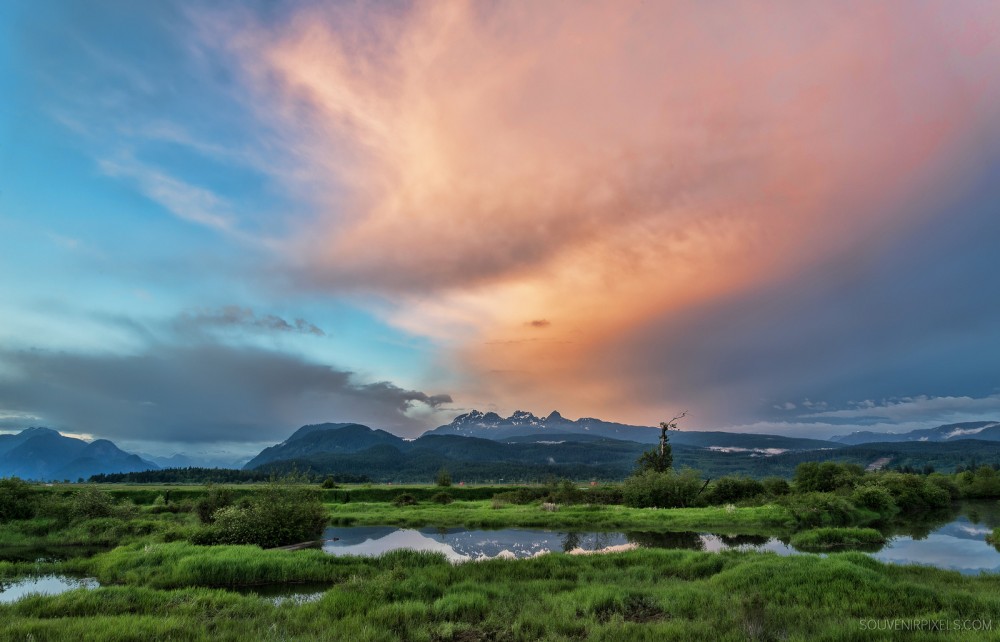Nonbinary gender and the diverse beauty of creation
In Genesis, God separates the dry land from the sea. But God also makes marshes, estuaries, and coral reefs.
“In the beginning God created the heavens and the earth.” As a kid, I would read these first words in my children’s Bible over and over again—not because I found them particularly interesting, but because I was the kind of person who always started books from the beginning, and I could never seem to get any further into the Bible than Noah and the ark before I lost interest.
I also liked the first story in my Bible because it had some of the best illustrations. On one page was a friendly orange sun, and on the opposite page a shining yellow moon and twinkling stars. Next came an ocean with big waves, across from a page depicting mountains and forests. Even in a children’s Bible the distinctions God made when creating the universe were obvious. Each bit of the world was broken into pairs and opposites. For a kid who liked order and organization, the story of creation in Genesis 1 was just about perfect. There was a place for everything, and everything was in its place.
This kind of structure in scripture was something that I appreciated up until my teen years, when I began to get a sense of the way life sometimes falls outside black-and-white categories. Biologically, I learned that the world isn’t separated distinctly into land or sea; there are also marshes, estuaries, and coral reefs. Personally, I began to figure out more about my own sense of gender identity, and I wondered if all people were really divided into male and female, as Genesis 1 seemed to say they were.






